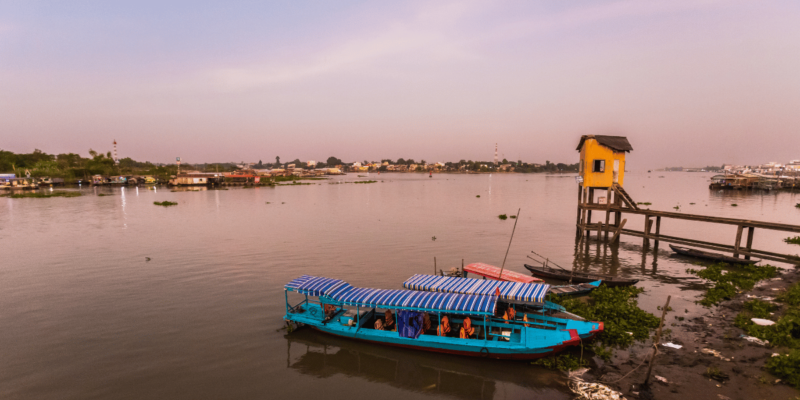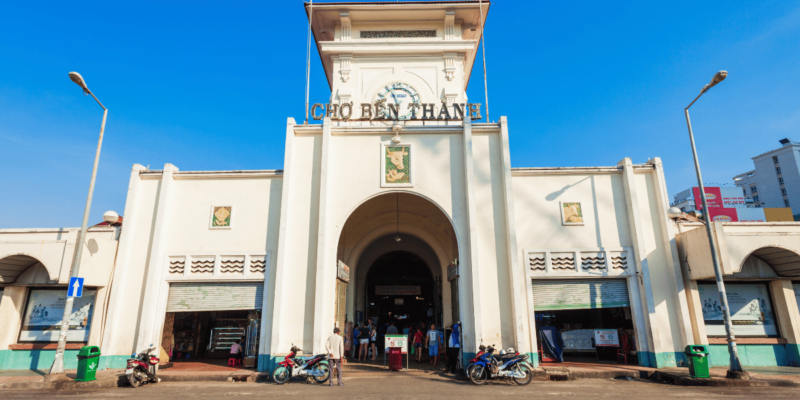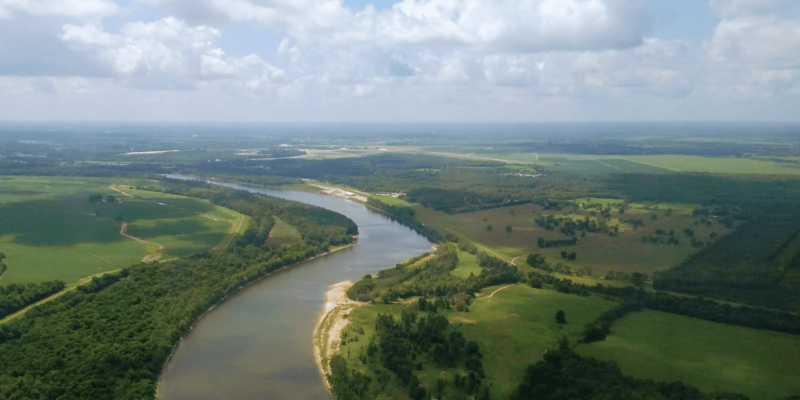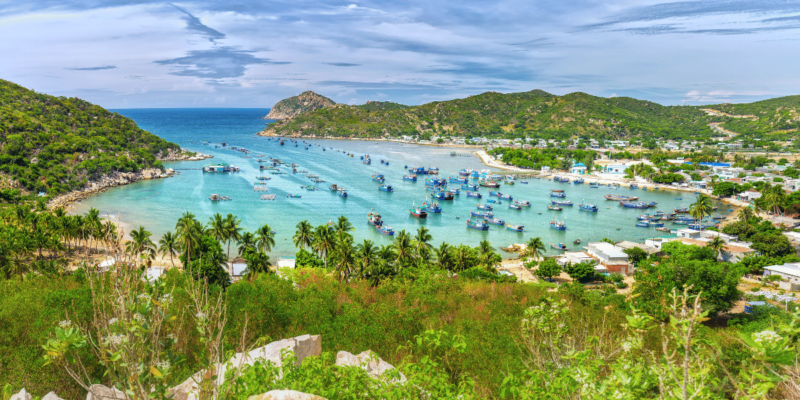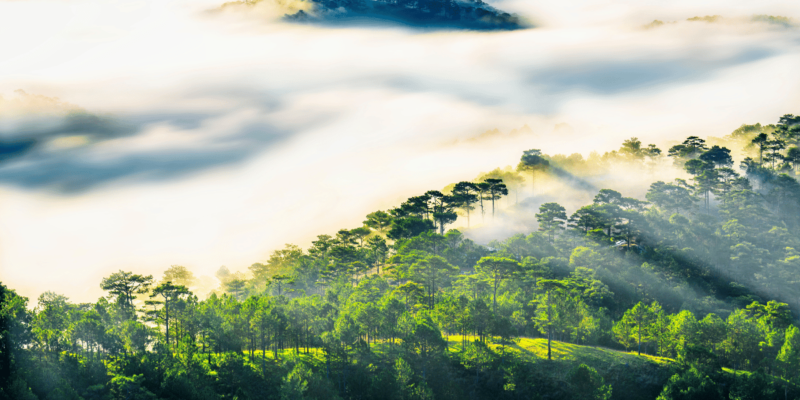Exploring the Natural Wonders of South Vietnam
South Vietnam, known for its dynamic cities and rich history, also boasts an incredible array of natural landscapes that are essential to its culture and tourism. From the lush Mekong Delta to the pristine beaches and biodiverse national parks, the natural beauty of South Vietnam attracts tourists and nature enthusiasts from around the world. This article explores the diverse ecosystems, national parks, coastal areas, highlands, and conservation efforts that make South Vietnam a unique destination for nature lovers.
Mekong Delta
The Mekong Delta, often referred to as the “Rice Bowl of Vietnam,” is a vast network of rivers, swamps, and islands in the southernmost region of the country. This region is characterized by its rich biodiversity, including numerous species of fish, birds, and plants. The delta’s unique ecosystem supports a variety of agricultural activities, making it one of Vietnam’s most productive areas for rice, fruit, and fish farming. The cultural life in the Mekong Delta is vibrant, with floating markets like Cai Rang and Phong Dien providing a glimpse into the daily lives of local communities. These markets are bustling with activity, where traders sell fresh produce directly from their boats, creating a picturesque and lively atmosphere.
National Parks and Wildlife
South Vietnam is home to several national parks that protect its diverse wildlife and natural habitats. Cat Tien National Park, one of the most significant protected areas in the region, spans over 70,000 hectares and is a haven for endangered species such as the Javan rhinoceros, Asian elephants, and various primates. The park offers numerous trails and eco-tours, allowing visitors to explore its dense forests and spot rare wildlife. Another important park is U Minh Thuong National Park, known for its unique wetland ecosystems and rich biodiversity. This park plays a crucial role in preserving rare and endangered species of flora and fauna, making it a vital area for conservation efforts.

Coastal Areas and Beaches
The coastal areas of South Vietnam are renowned for their stunning beaches and clear blue waters. Phu Quoc Island, Vietnam’s largest island, is famous for its white-sand beaches, coral reefs, and tropical forests. The island is a popular destination for snorkeling, diving, and exploring its pristine natural beauty. Mui Ne, another coastal gem, is known for its red and white sand dunes, which provide a striking contrast to the blue ocean and are a favorite spot for sandboarding and photography. The Con Dao Islands, a group of 16 islands, offer some of the best diving spots in Vietnam, with vibrant coral reefs and diverse marine life. These coastal regions not only offer relaxation and adventure but also play a significant role in the local tourism industry.
Highlands and Plateaus
The Central Highlands of South Vietnam are characterized by their rolling hills, lush forests, and cool climate, offering a refreshing contrast to the tropical lowlands. Da Lat, often referred to as the “City of Eternal Spring,” is a popular highland destination known for its beautiful landscapes, including pine forests, waterfalls, and flower gardens. The highlands are also significant for their biodiversity, with numerous endemic species of plants and animals. Agriculture, particularly coffee and tea plantations, is a vital part of the economy in this region. The unique cultural practices of the ethnic minority groups living in the highlands add to the area’s rich cultural tapestry.
Rivers and Waterways
Rivers play a crucial role in the geography and economy of South Vietnam. The Saigon River and Dong Nai River are two of the most important waterways, supporting transportation, agriculture, and fishing activities. These rivers are lifelines for the communities living along their banks, providing water for irrigation and daily use. Tourism activities such as river cruises and boat tours offer visitors a unique perspective on the region’s natural beauty and cultural life. These excursions allow tourists to experience the serene landscapes and vibrant riverine communities that define South Vietnam’s waterways.

Conservation Efforts
Despite the rich natural beauty, South Vietnam faces significant conservation challenges, including habitat loss, pollution, and climate change. Various initiatives and programs have been implemented to address these issues and preserve the region’s natural habitats. National parks and reserves play a key role in these efforts, providing protected areas for wildlife and promoting sustainable tourism practices. Local communities and government agencies are actively involved in conservation projects, such as reforestation and wildlife protection programs, to ensure the long-term sustainability of these natural resources. Education and awareness campaigns are also crucial in fostering a culture of conservation among residents and visitors alike.
Conclusion
South Vietnam’s natural wonders, from the lush Mekong Delta and pristine beaches to the biodiverse national parks and serene highlands, are integral to its cultural heritage and tourism appeal. Preserving these natural treasures is essential for maintaining the region’s ecological balance and ensuring that future generations can enjoy its beauty. As we explore and appreciate the diverse landscapes of South Vietnam, it is important to support and participate in conservation efforts that protect these invaluable natural resources. The natural splendor of South Vietnam not only enhances its identity but also offers a testament to the country’s commitment to preserving its environmental heritage.


